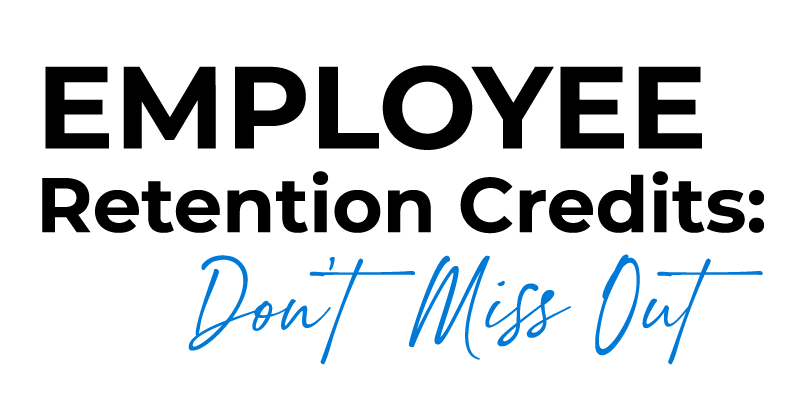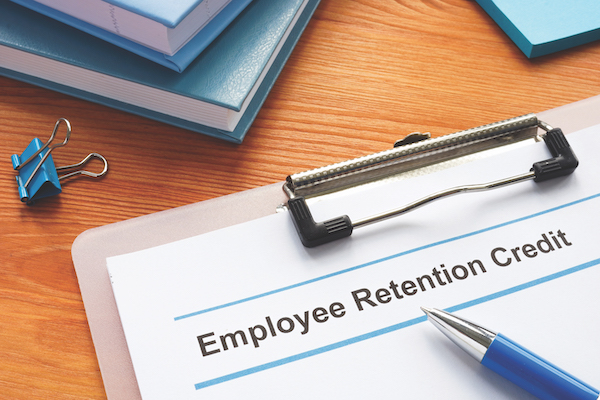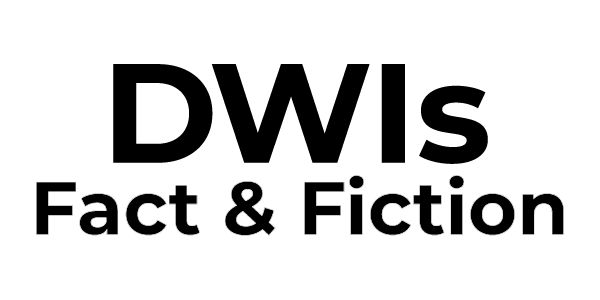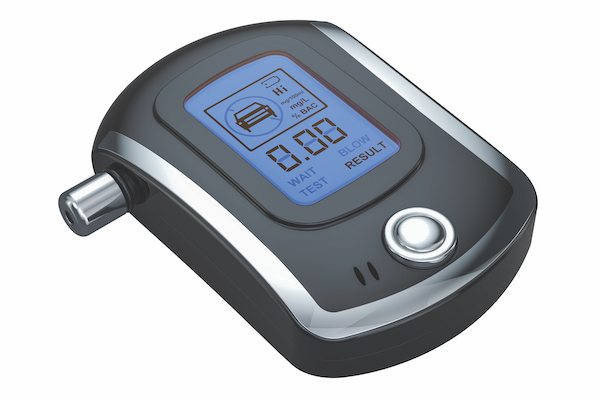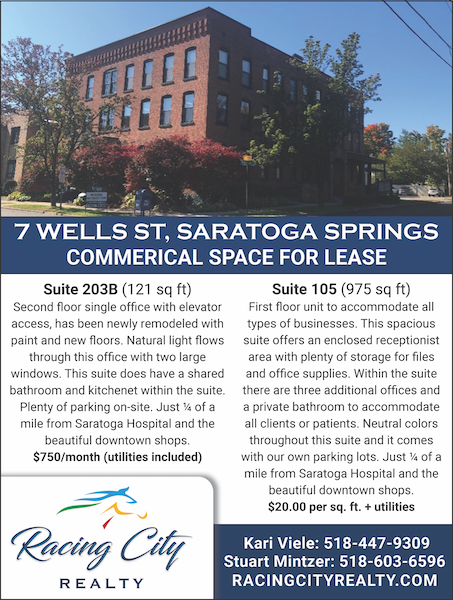Is the Cannabis Industry For You?
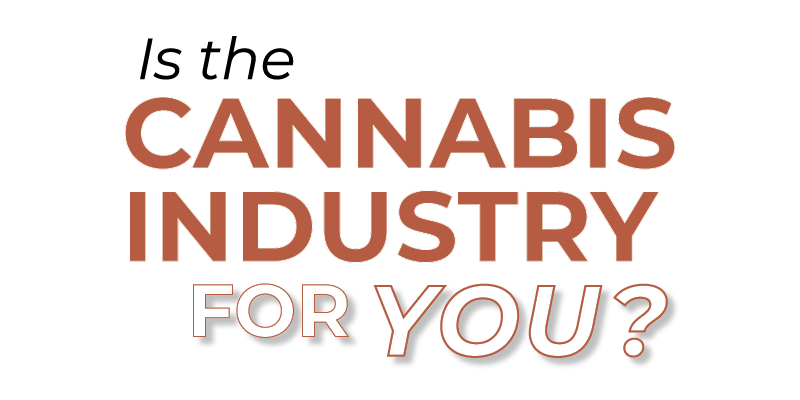
written by Jordan Dunn | Photos Provided

“If you want to invest, now is the time”. -Spinelli
Other states have already fully entered the game.
Now it's almost New York’s turn. So where does that leave investors who are thinking about entering into the Cannabis Industry?
Some are wondering if they should hold off, others are thinking the time is now.
We had the opportunity to speak with Phil Spinelli of Nightshade Farm, a local upstate organic farm turned New York cannabis industry trailblazer, about his perspective on potential investors.
What Does the Ideal Investor Look Like?
As an investor, the best way to see the fullest effects of your investment is to get in on the ground floor,” said Spinelli. “When you're investing in a small business, you can really see the effects; top to bottom, all the way through. You can get involved on a granular level and just really see how impactful the money you are putting in can be”.
As it now stands, New York State is in an advantageous position in several respects. Not only is Cannabis not legal federally, meaning that no interstate commerce of this product is allowed at the moment, New York also has the benefit of having others that have gone before it, making it easier to strategically analyze their roll outs while in turn beginning to craft their own procedure.
“For us personally, we are in a unique position” said Spinelli “Out of the processing licenses granted in the state, we are one of few that can extract as well. With both of these in our back pocket, we want to ensure that whoever we choose can help us correctly scale the business so that we can make a ripple in the New York market”.
Naturally, like any small, local business owner, Spinelli emphasized the fact that they would like to work with a partner that is strategic, has industry experience, is business savvy, but is “respectful of the spirit of the law” that his company was granted this opportunity under.
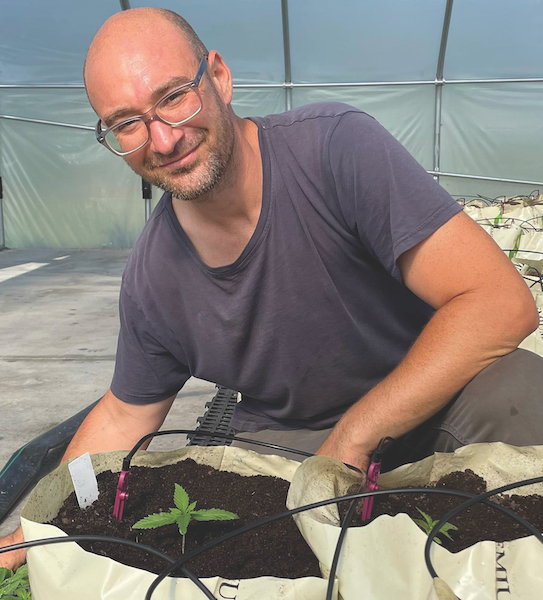
Phil Spinelli of Nightshade Farm
An Industry for Small Time Investors?
And New York truly has tried to root this whole process in the right “spirit”.
Spinelli went on to explain how when it came to other states, they made it “very advantageous for big corporations to play the game. New York, on the other hand, is making it a playground where medium to small entities can invest too.” said Spinelli.
For example, the state has decided to “exclude investors that have their hands in other parts of the industry, in other places outside of New York. Essentially, making it so that big corporations really aren't having the upper hand here and won't be able to just absorb smaller entities like they could in other states” explained Spinelli.
Additionally, another intertwining element is that New York has made an emphasis on disrupting licenses to those who meet certain requirements. According to the State Office of Cannabis Management website, “Conditional Adult-Use Retail Dispensary (CAURD) Licenses will be the first adult-use retail dispensary licenses issued in New York State.” What makes CAURD licenses special is rather multifaceted. In layman's terms however, it is most important to note that there are different requirements for the two entities that may apply: qualifying business and qualifying nonprofits; and that the former has a ‘‘justice involved individuals’ component, and the latter's criteria focuses more so on social impact. Additionally, both must have to have a ‘qualifying presence’ in New York State.
What About the Risks?
Another checkbox on Spinellis aforementioned ideal investor sheet included “Must understand that this is an industry that poses high risks”; referring to the fact that at the very initial stages of this industry in this country, a lot of people moved too fast to quick. Many investors made investments into unthought-out concepts and plans and were ultimately soured by the lack of return.
Spinelli is hopeful that the right investors will be able to “identify that if the business plan is done right and you listen to the right projections and forecasts, it's not really unlike any other industry that's out there”.



The Time Is Now.
For those ready to jump in, the wait end may be in sight.
The state was scheduled to officially announce the first round of CAURD License recipients on the 21st of this month; an indicator that retail spaces would be soon to follow. However, on the 11th of this month a federal judge blocked New York from issuing the licenses due to a “lawsuit filed by a company whose application to operate a marihuana store failed to qualify because its owner lacked a significant New York state presence” stated an article from the Times Union. It was reported that the company's owner is a resident of Michigan though the company is incorporated in NY. This injunction will only affect 5 of the 13 regions, excluding the Capital Region.
Despite this slight disruption, the question for many across the state who are on the fence still becomes, are you ready to invest?



